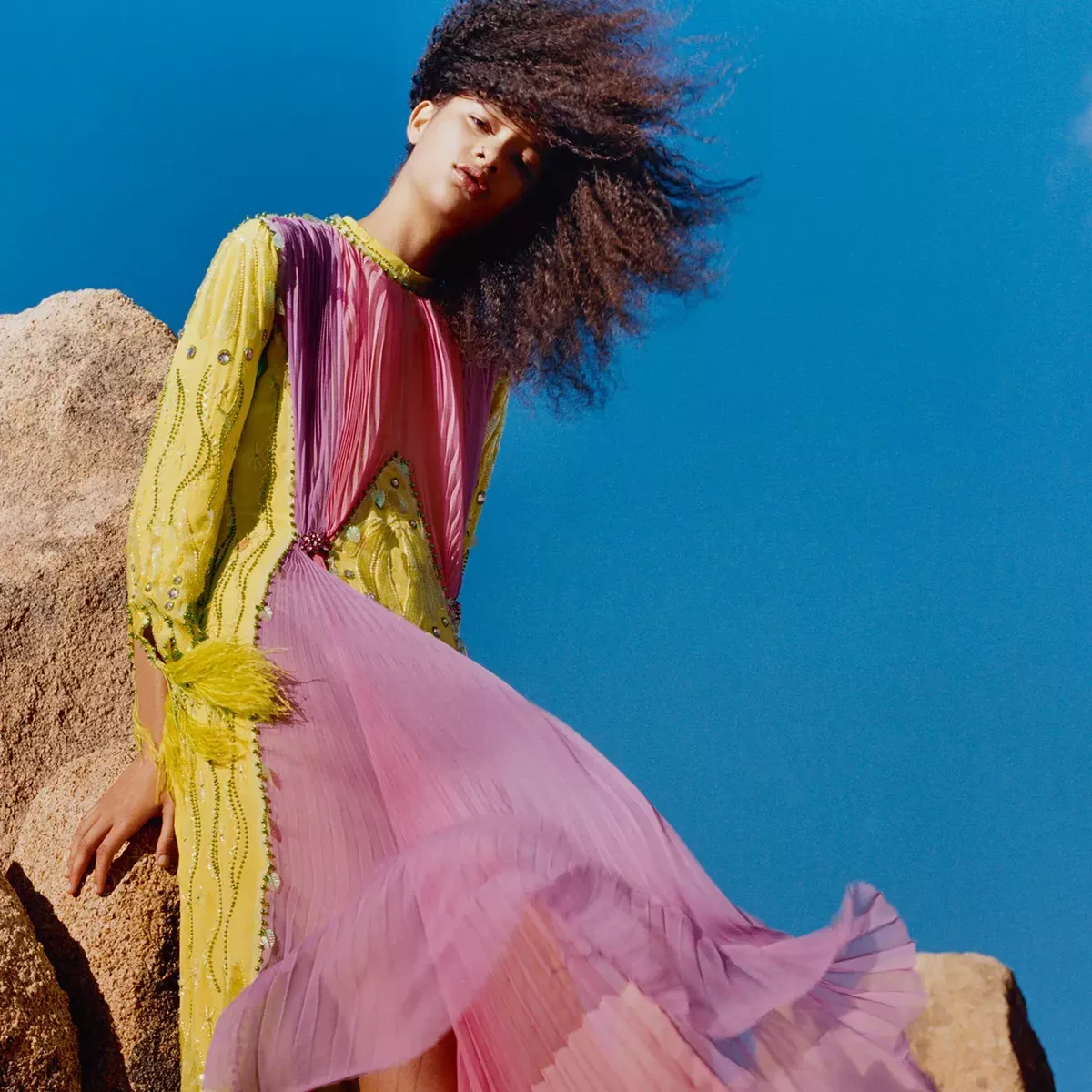Since the first-ever Global Fashion Summit was held in Copenhagen in 2009, a lot has changed. Or has it? Below, we look at the progress made within the past 15 years
Rewind to 2009 and the word sustainability was barely mentioned in the fashion industry. But concerns about climate change were starting to grow, in part due to the release of Al Gore’s documentary, An Inconvenient Truth, three years prior. “[There was] the sense that things were moving; [there was] more public awareness,” Eva Kruse, the founder of both Danish Fashion Institute and Copenhagen Fashion Week, recalls.
When it was announced that Cop15 – the annual United Nations Climate Change Conference – would be taking place in Copenhagen that year, Kruse was surprised to see that there was practically zero representation from the world of fashion. “We said, ‘Okay, could we make this a moment where the fashion industry joins forces?’” she continues.
In the space of just six months, Kruse and her small team managed to put together the first Copenhagen Fashion Summit at the Royal Danish Opera House, featuring speakers from the likes of Gucci-owner PPR, now Kering, H&M and Barneys (RIP), as well as an appearance from the then Crown Princess (now Queen) Mary of Denmark, who has remained a major supporter of the event. “We actually managed to get a critical mass of relevant voices on the stage and people in the room,” Kruse, now chief global engagement officer at Pangaia, says.
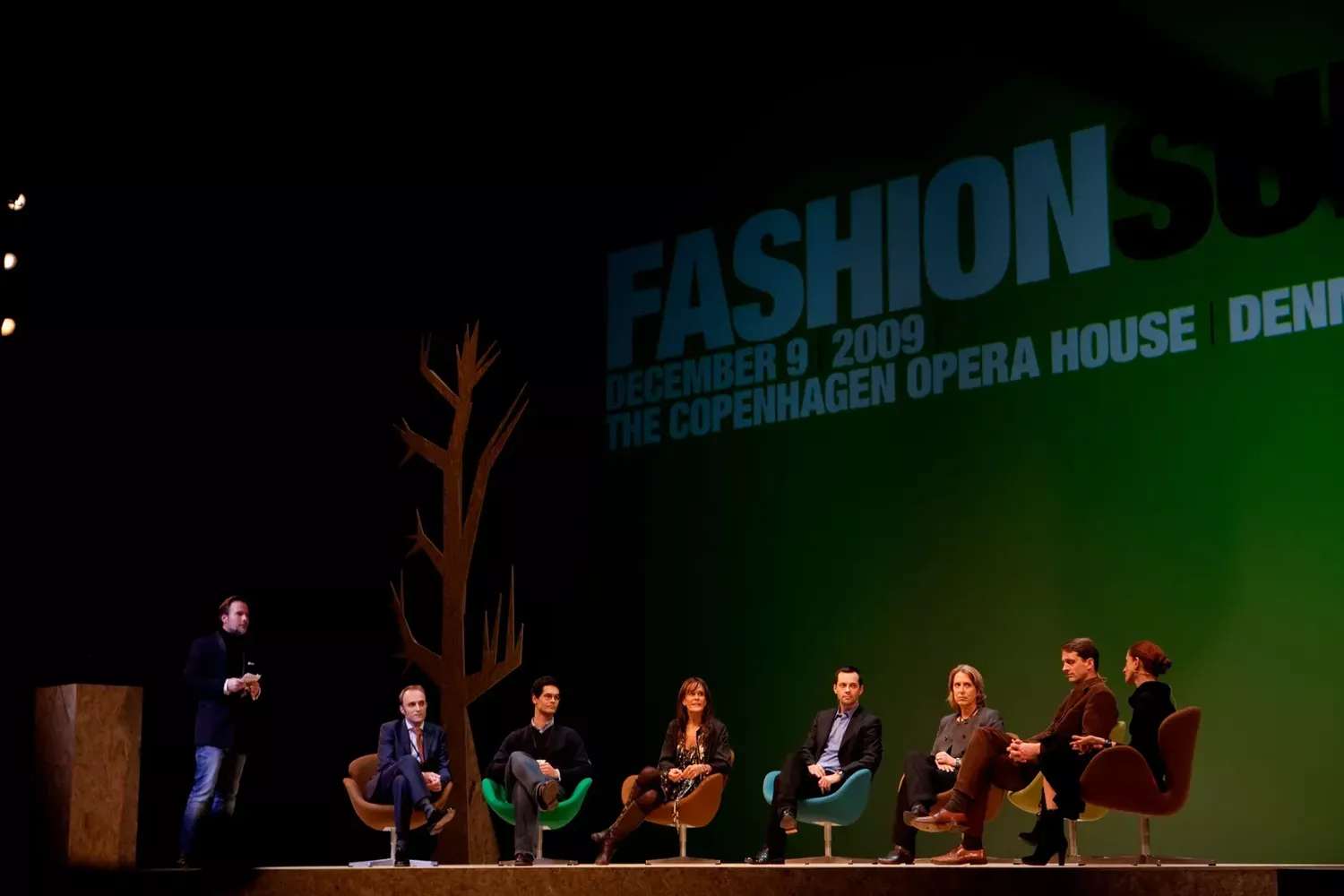
The Copenhagen Fashion Summit, now the Global Fashion Summit, first began back in 2009. Photo: Uffe Weng
There’s no doubt that getting the most powerful names from fashion in the same room – given how competitive the industry is known to be – is one of the summit’s greatest achievements. But one of the biggest criticisms of the annual event, now named the Global Fashion Summit and in its 15th year, is that there’s a lot of talk and not much action. Indeed, Kruse notes that a 10-year plan for the industry unveiled at the first ever summit features many of the same issues that are being discussed. “A lot of the topics still need to be addressed, to be honest,” she reflects. “You can definitely sense the language is different, so that has matured. [But] there’s still a lot to be done.”
That’s why this year’s anniversary summit, which begins today, is centred on the theme, “Unlocking the Next Level”. “It was very ambitious [back in 2009] to start this discussion; to educate, mobilise, inspire and advocate,” says Federica Marchionni, who has been the CEO of the Global Fashion Agenda, the non-profit that runs the summit, since 2021. “We can say that we have moved from [explaining] ‘Why sustainability?’ to the how and what. We need to accelerate change – where we are now is really the tipping point.”

Katharine Hamnett on stage at the Global Fashion Summit in 2019. Photo: Getty
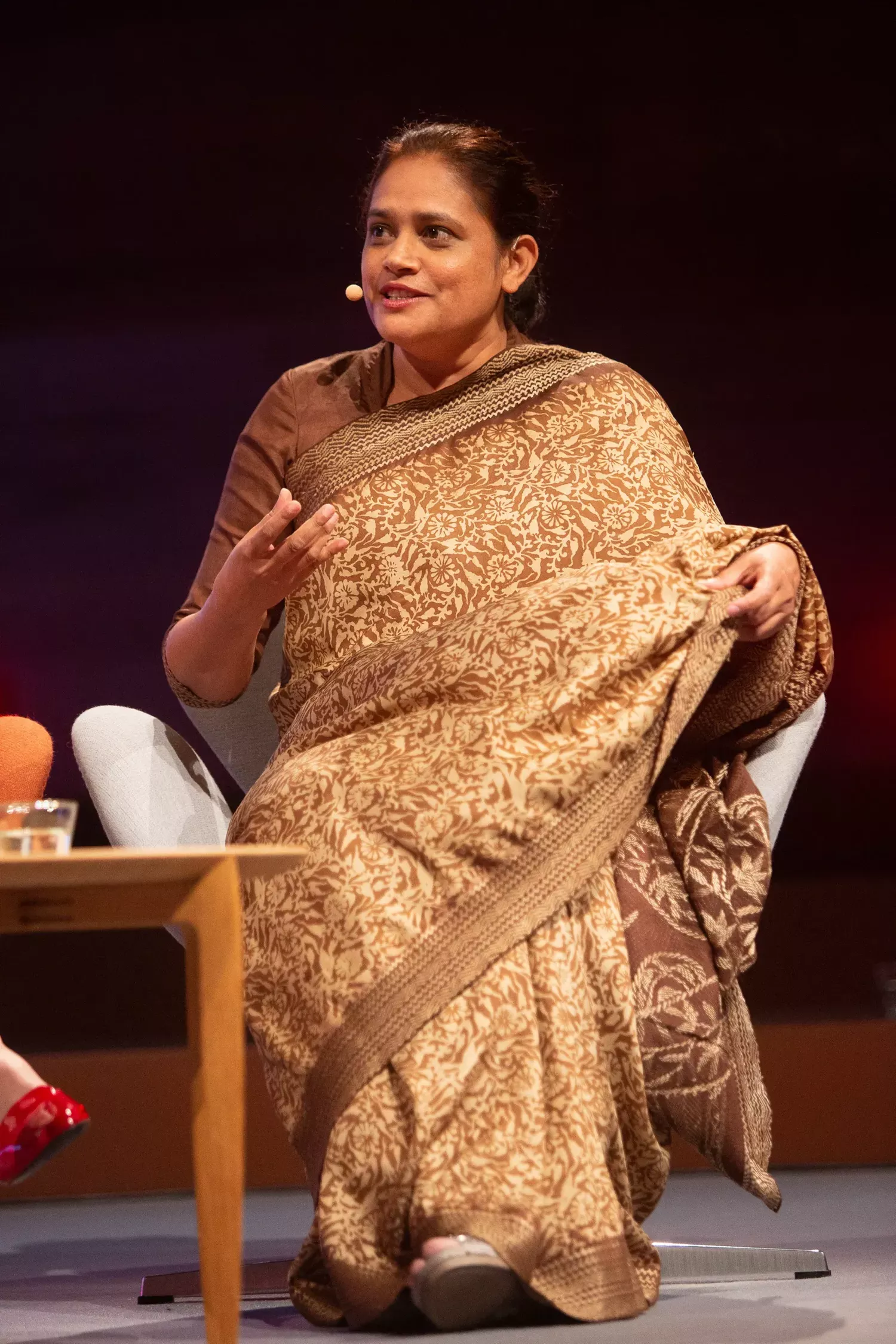
Former garment worker Nazma Akter at the Global Fashion Summit in 2019. Photo: Getty
In recent years, the Global Fashion Summit has introduced its Innovation Forum, which connects brands with start-ups offering solutions that could help accelerate progress, alongside an Action Stage, which provides space for brands to share case studies of initiatives they have actually enacted, in the hope that others will follow suit. Meanwhile, the organisers unveiled a new $100 million renewable energy project in Bangladesh, backed by the H&M Group and Bestseller, last year, in another example of the tangible change that the Global Fashion Agenda is looking to create.
Still, it’s clear that fashion is facing an uphill battle, to say the least. A new report by the Apparel Impact Institute found that the industry’s greenhouse gas emissions are set to increase by 40 per cent by 2030, despite the fact that they need to halve in order to stay in line with the Paris Agreement’s aim of keeping global warming below 1.5 degrees Celsius.
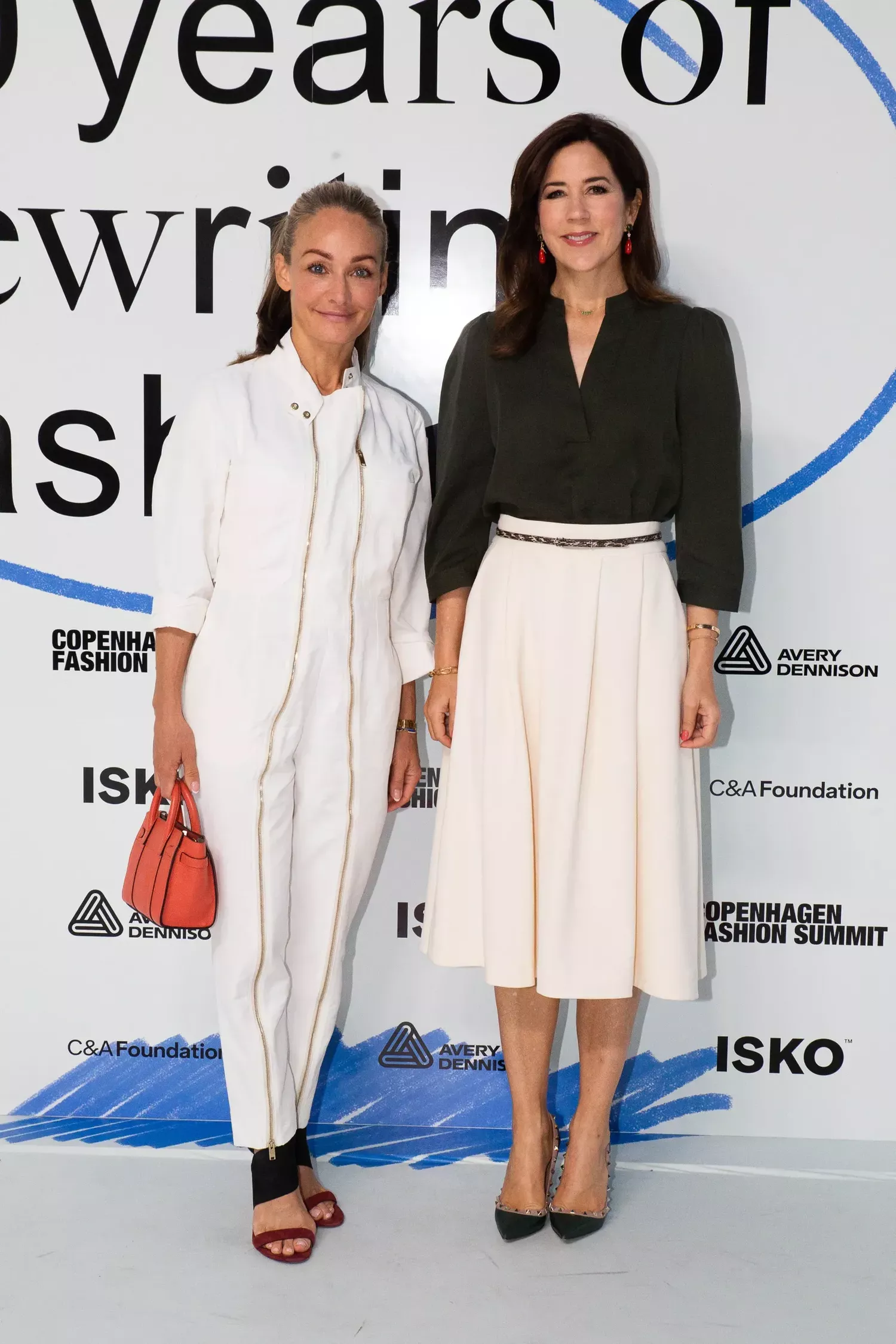
Eva Kruse, the founder of the Global Fashion Summit, with Queen Mary of Denmark. . Photo: Getty
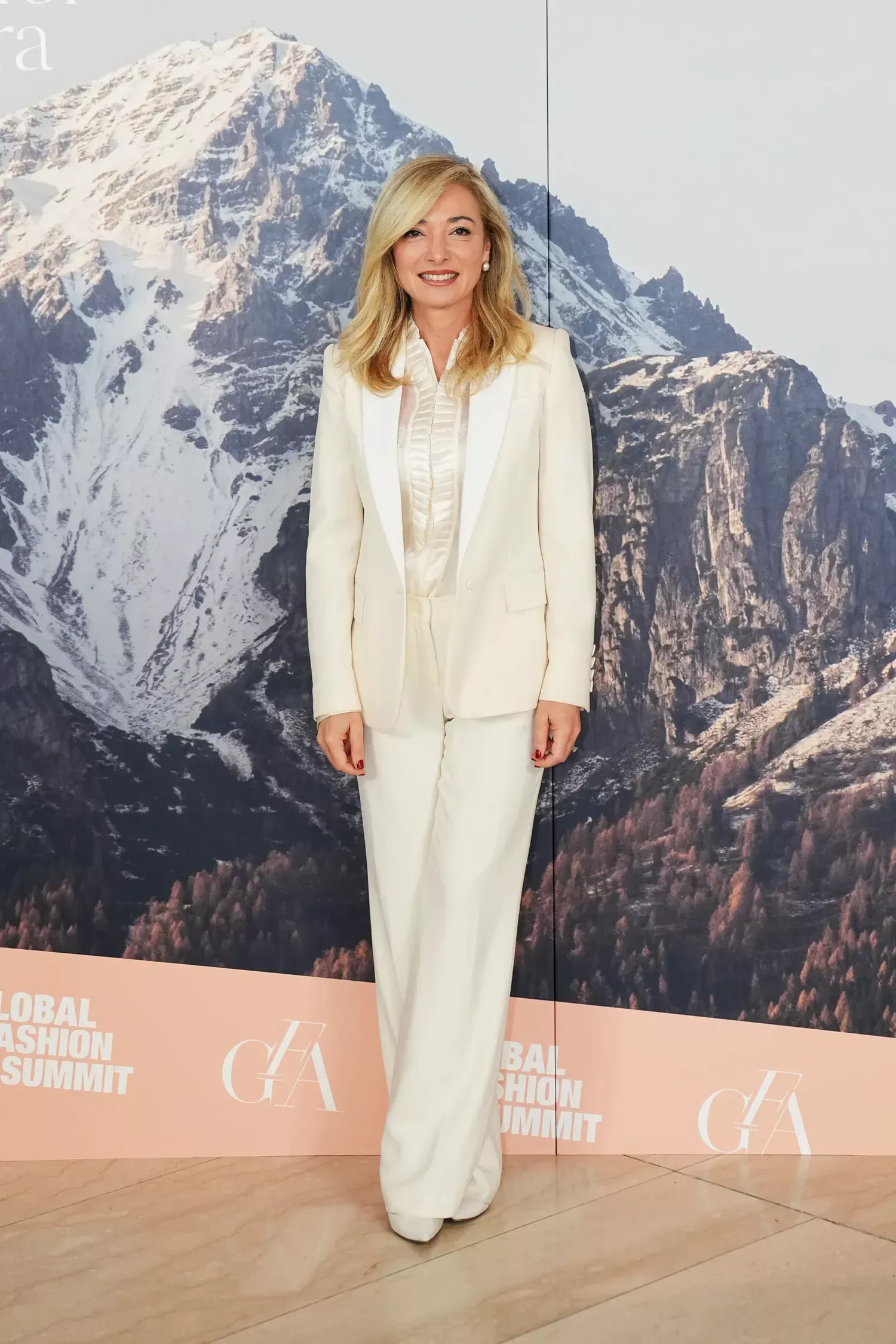
Federica Marchionni, who has been the CEO of the Global Fashion Agenda, the non-profit that runs the summit, since 2021. Photo: Getty
There are concerns that the noise created by events like the Global Fashion Summit creates the impression that more progress is being made than there actually is. “Sometimes a halo is created of feeling that things are improving even when they’re not, simply because we are talking about them,” Brooke Roberts-Islam, sustainability author and co-founder of Techstyler, says. “We’re going to go to [the summit] and talk about all the same things we talked about last year. There’ll be new programmes, new materials – it’ll feel like things have moved on. But if you look at the numbers, the footprint of the industry has gone up. Isn’t that what we’re trying to stop? So what are we actually achieving?”
Kruse, too, is disheartened by the lack of progress that has been made – particularly as she had initially conceived the summit as a one-off event. “Honestly, I am disappointed that we’re not further [along],” she says. “Fifteen years! When we first started we didn’t think it would go on for so long, I thought we would solve the problem and get on with another topic. It still feels like we’re scratching the surface.”
Until fashion is actually held to account by legislation, though, it seems the best way to tackle the mammoth challenges the industry is facing is by getting major brands, manufacturers, suppliers, NGOs and other solutions providers to work together. “The summit is one tool; it’s not the only one,” Marchionni says. “We will keep on going, pushing and pushing on the same subject until it gets done. Our goal is not to keep the summit; our goal is to transform the industry.”
Originally published on vogue.co.uk
